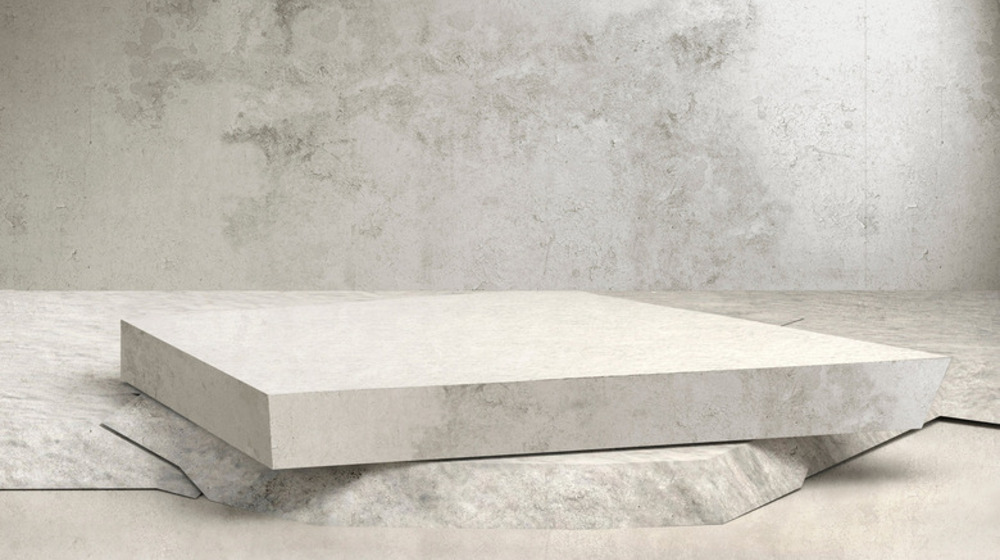
Researchers at Princeton University have developed a new type of concrete that is 17 times tougher and 19 times more flexible than traditional cement. This breakthrough was achieved by mimicking the structure of oyster shells, specifically the material known as nacre, or mother of pearl.
What is Nacre?
Nacre is composed of microscopic hexagonal tablets of aragonite, a form of calcium carbonate, held together by a soft biopolymer. This unique structure allows nacre to be both strong and flexible, making it highly resistant to cracking. Scientists have long been interested in replicating this natural design to improve the properties of human-made materials.
The Princeton team, led by Shashank Gupta and Reza Moini, focused on creating a composite material that emulates nacre’s architecture. They engineered cement paste into hexagonal tablets and layered them with a flexible polymer, polyvinyl siloxane. This design aimed to replicate the “brick-and-mortar” arrangement found in nacre.
Impressive Results
The researchers subjected their composite beams to a notched three-point bending test to evaluate crack resistance. The results were striking. The beams with the nacre-inspired design exhibited 19 times the ductility and 17 times the fracture toughness of traditional cement beams, while maintaining nearly the same strength. This indicates a significant improvement in the material’s ability to withstand stress and strain without failing.
The enhanced performance of the nacre-inspired concrete can be attributed to several factors:
- Tablet Sliding: The soft polymer layers allow the hard cement tablets to slide relative to each other under stress, preventing crack propagation.
- Crack Bridging: The polymer layers help bridge cracks, preventing them from spreading.
- Interlayer Deformation: The polymer layers deform under stress, absorbing energy and delaying failure.
Potential Applications
This advancement has significant implications for the construction industry. Stronger and more flexible concrete could lead to buildings and infrastructure that are more durable and require less maintenance. Additionally, since cement production is responsible for approximately 8% of global greenhouse gas emissions, developing more efficient materials could help reduce the industry’s environmental impact.
While the results are promising, the researchers note that further development is needed before this technology can be widely adopted. Challenges include scaling up the manufacturing process and ensuring the long-term durability of the material under various environmental conditions.
